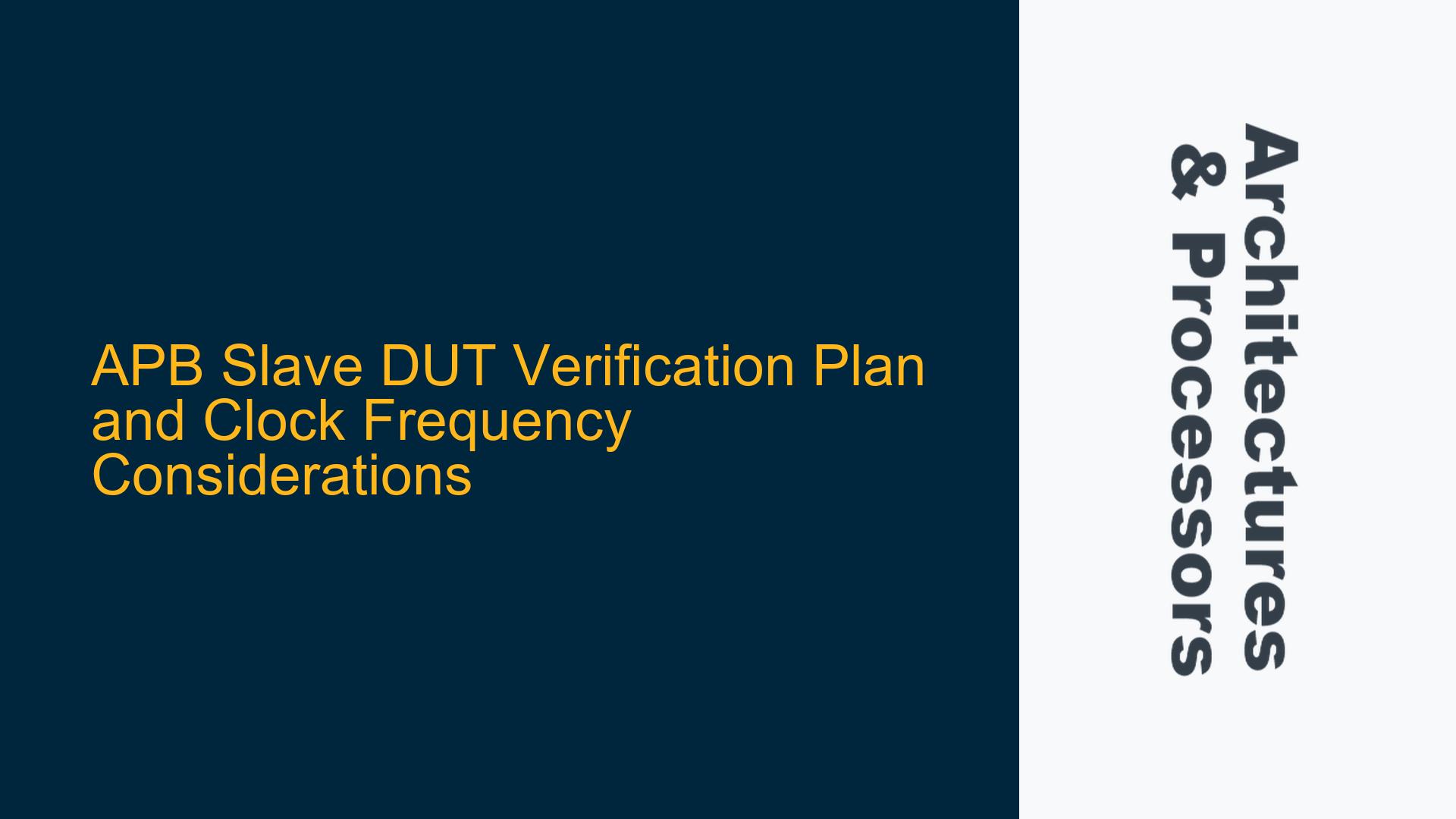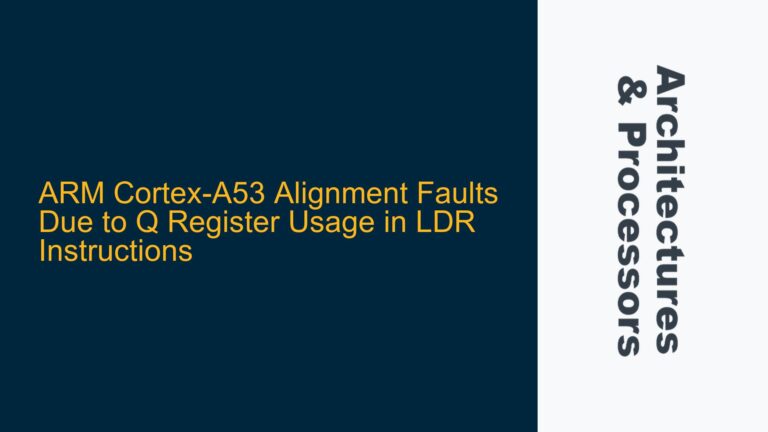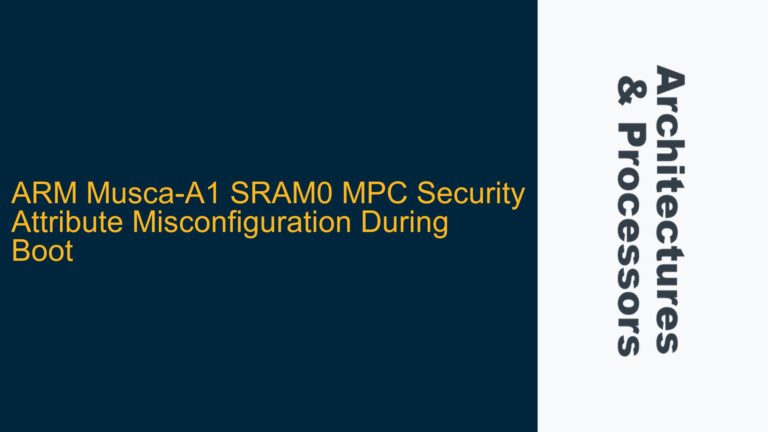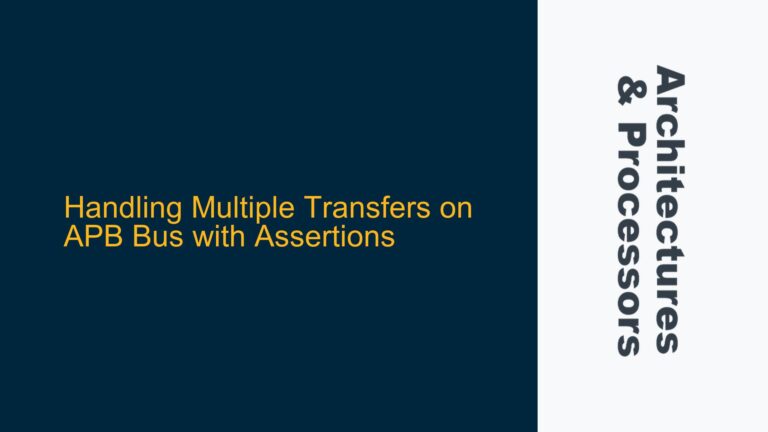APB Slave DUT Verification Plan Using UVM
The verification of an APB (Advanced Peripheral Bus) slave Design Under Test (DUT) using the Universal Verification Methodology (UVM) requires a structured approach to ensure that all functional aspects of the APB protocol are thoroughly tested. The APB protocol, being a part of the AMBA (Advanced Microcontroller Bus Architecture) family, is designed for low-power and low-complexity peripherals. The verification plan must cover the basic read and write operations, as well as any advanced features that the APB slave may implement, such as error responses, protection unit checks, and strobe signals.
The UVM framework provides a robust environment for creating reusable testbenches and test cases. The verification plan should include the creation of UVM components such as the UVM environment, UVM agents, UVM sequences, and UVM scoreboards. The UVM environment encapsulates the testbench components and provides the necessary infrastructure for running tests. The UVM agent is responsible for driving and monitoring the APB signals, while the UVM sequences define the specific transactions that will be applied to the DUT. The UVM scoreboard is used to compare the expected results with the actual results from the DUT.
The verification plan should start with the creation of a UVM test class that will instantiate the UVM environment and run the test sequences. The test sequences should cover the basic read and write operations, ensuring that the DUT correctly responds to the APB signals. The sequences should also include corner cases, such as back-to-back transactions, idle cycles, and transactions with different data widths.
In addition to the basic operations, the verification plan should include tests for any advanced features that the APB slave may implement. For example, if the APB slave supports error responses (PSLVERR), the test sequences should include scenarios where the slave generates an error response. Similarly, if the APB slave implements a protection unit (PPROT), the test sequences should include transactions with different protection levels to ensure that the slave correctly enforces the access restrictions.
The UVM scoreboard should be configured to monitor the APB signals and compare the expected results with the actual results from the DUT. The scoreboard should be able to detect any discrepancies and report them as errors. The scoreboard should also be able to handle the different data widths and protection levels that the APB slave may support.
Finally, the verification plan should include coverage analysis to ensure that all aspects of the APB protocol and the APB slave functionality have been tested. The coverage analysis should include functional coverage, which measures the extent to which the test sequences have exercised the different features of the APB slave, and code coverage, which measures the extent to which the DUT code has been exercised by the test sequences.
Clock Frequency Considerations for APB Slave DUT
The clock frequency of an APB slave DUT is not defined by the AMBA specification, as the protocol is designed to be flexible and adaptable to different system requirements. The actual clock frequency of the APB slave DUT depends on several factors, including the complexity of the system, the cell library used for synthesis, and the timing constraints applied during the synthesis process.
The AMBA APB protocol is designed to use synchronous logic, which avoids critical combinatorial logic timing paths and allows for easier timing closure. The maximum achievable clock frequency for the APB slave DUT is determined by the timing analysis performed during the synthesis process. The timing analysis takes into account the propagation delays of the logic cells, the setup and hold times of the flip-flops, and the routing delays of the interconnects.
The complexity of the system also plays a role in determining the clock frequency of the APB slave DUT. A system with multiple masters and slaves may have more complex timing paths, which can limit the maximum clock frequency. The cell library used for synthesis also affects the clock frequency, as different libraries have different timing characteristics. For example, a high-performance cell library may allow for a higher clock frequency compared to a low-power cell library.
The effort put into synthesizing the design also affects the clock frequency. A simple timing budget may result in a lower clock frequency, while a more aggressive timing budget with hand-modified timing allocations may allow for a higher clock frequency. However, a more aggressive timing budget may also increase the risk of timing violations, which can lead to functional failures in the DUT.
In practice, the clock frequency of the APB slave DUT is typically determined by the system requirements and the timing constraints applied during the synthesis process. The system designer must balance the need for a high clock frequency with the need for reliable operation and timing closure. The clock frequency should be chosen based on the timing analysis results and the system requirements, ensuring that the APB slave DUT can operate reliably at the chosen frequency.
Implementing Data Synchronization Barriers and Cache Management
In the context of APB slave DUT verification, data synchronization barriers and cache management are not directly relevant, as the APB protocol does not include cache coherency mechanisms. However, if the APB slave is part of a larger system that includes cacheable memory regions, it is important to ensure that data synchronization barriers and cache management are properly implemented to avoid data corruption and ensure correct operation.
Data synchronization barriers are used to ensure that all memory transactions before the barrier are completed before any memory transactions after the barrier are started. This is particularly important in systems with multiple masters and caches, where the order of memory transactions can affect the correctness of the system. Data synchronization barriers can be implemented using the appropriate instructions or hardware mechanisms, depending on the system architecture.
Cache management is also important in systems with cacheable memory regions. The cache must be properly managed to ensure that the data in the cache is consistent with the data in the main memory. This includes invalidating the cache when necessary, flushing the cache to ensure that dirty data is written back to the main memory, and managing cache coherency in systems with multiple caches.
In the context of APB slave DUT verification, it is important to ensure that any data synchronization barriers and cache management mechanisms are properly tested. This can be done by including test sequences that exercise the cache management and data synchronization mechanisms, and by verifying that the APB slave correctly handles any cache-related transactions.
For example, if the APB slave is connected to a cacheable memory region, the test sequences should include scenarios where the cache is invalidated or flushed, and the APB slave should correctly handle any transactions that result from these operations. The UVM scoreboard should be configured to monitor the cache-related transactions and ensure that the APB slave responds correctly.
In summary, while data synchronization barriers and cache management are not directly relevant to the APB protocol, they are important considerations in systems that include cacheable memory regions. The verification plan should include tests for any cache-related transactions and ensure that the APB slave correctly handles these transactions. The UVM scoreboard should be configured to monitor the cache-related transactions and ensure that the APB slave responds correctly.






